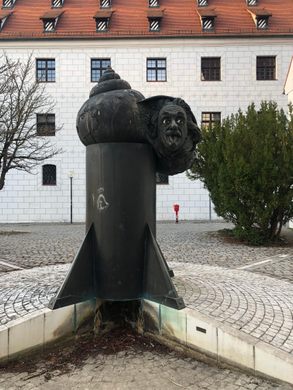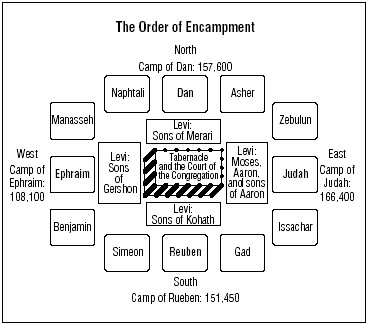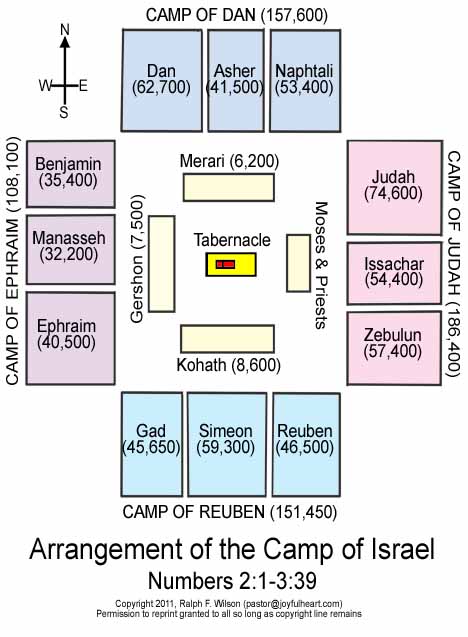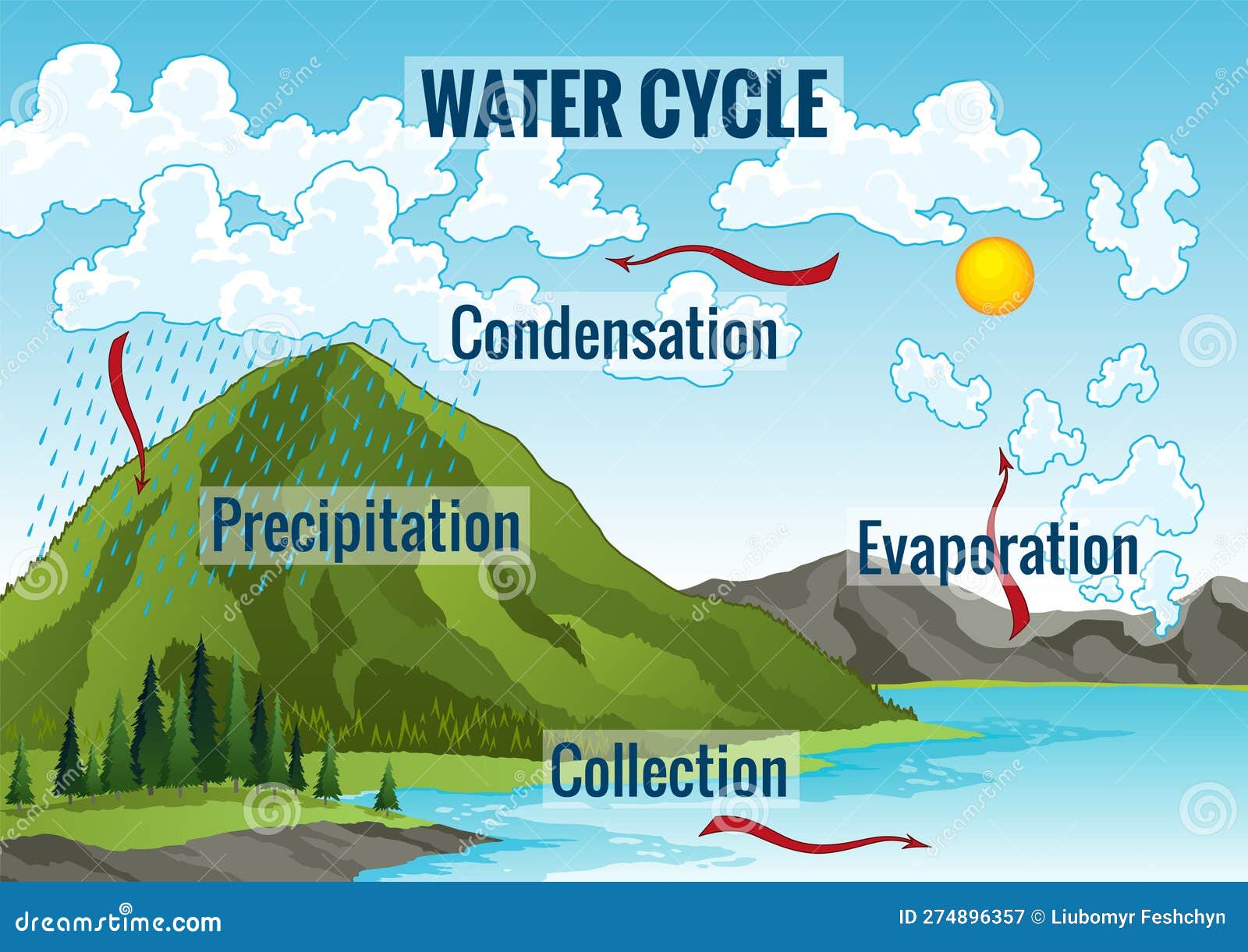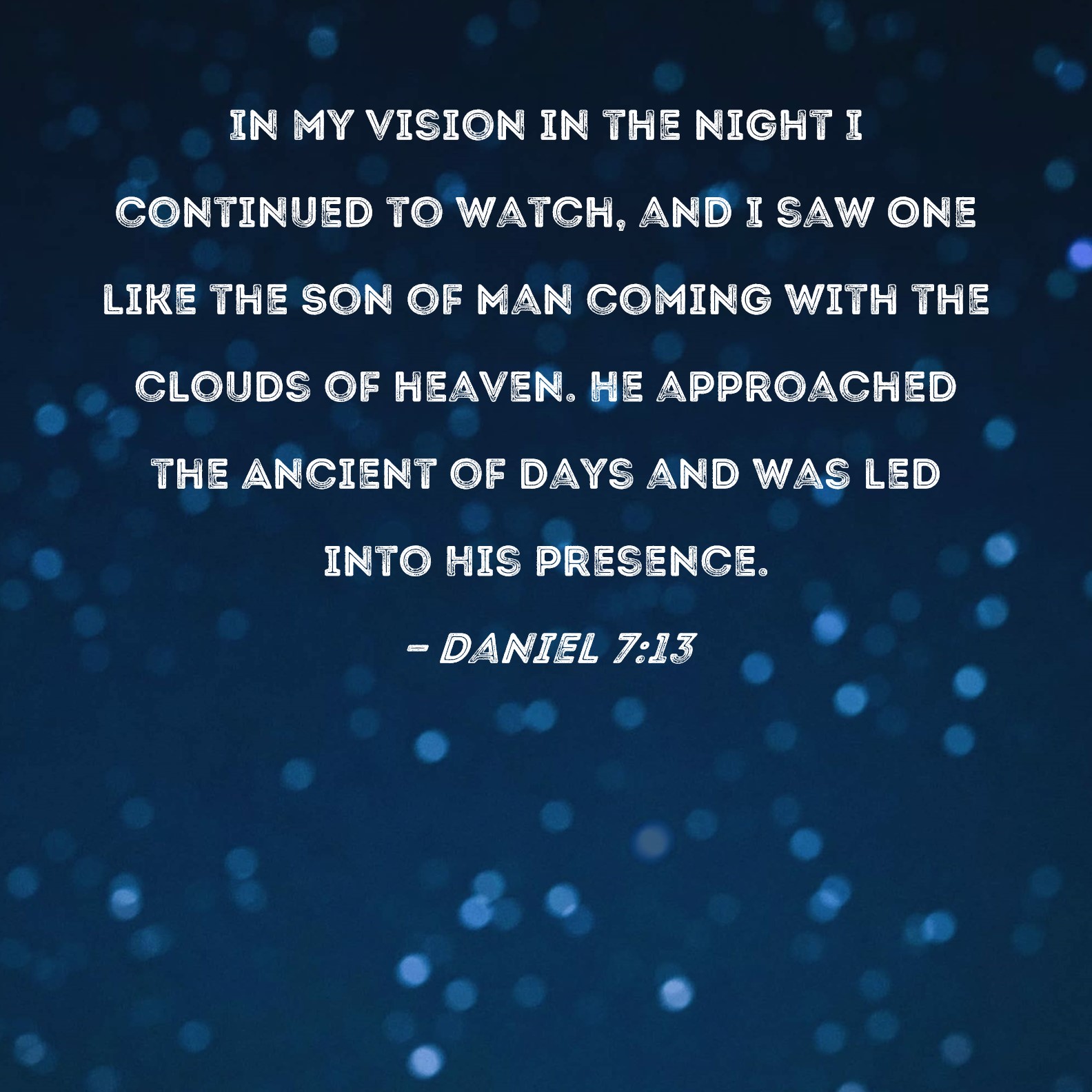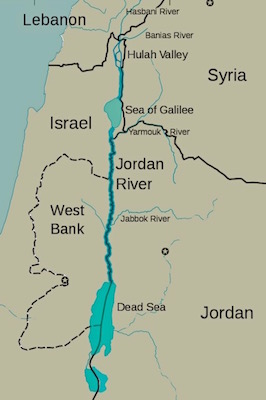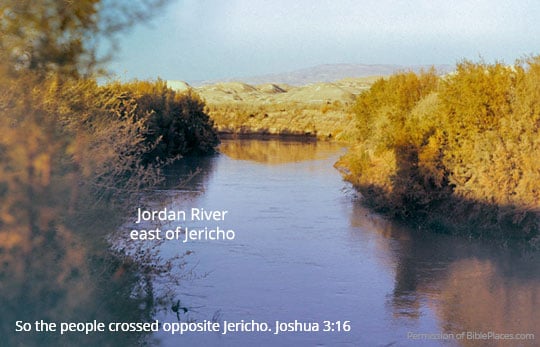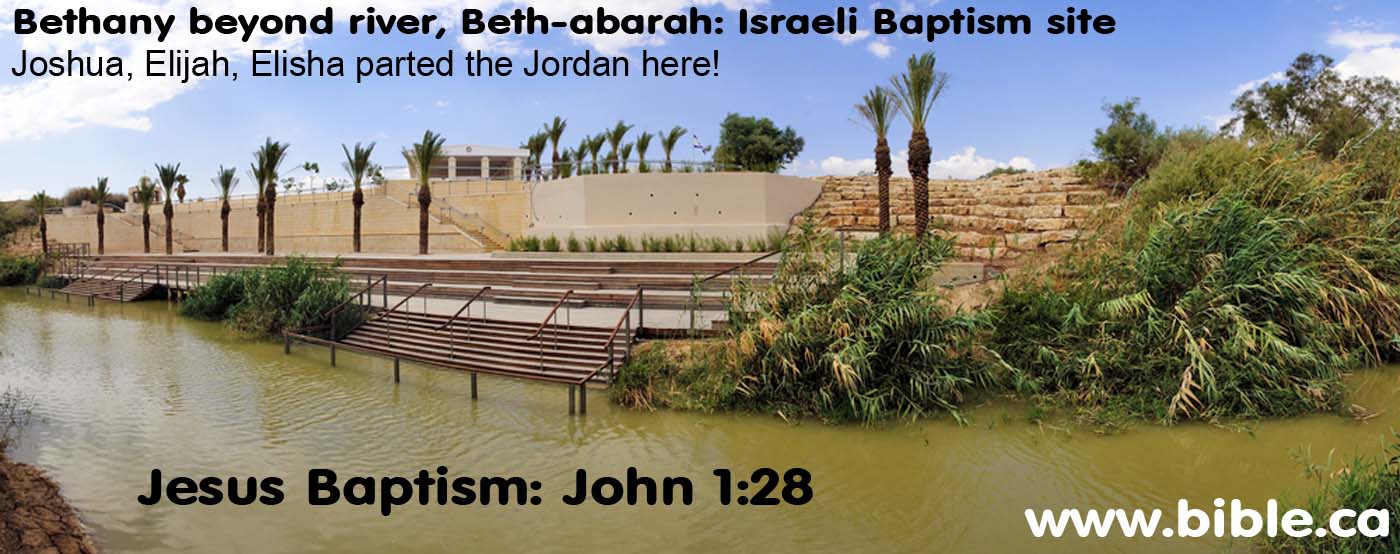|
|
General: THE TALLEST CHURCH IN THE WORLD ULM GERMANY EINSTEIN BORN DANUBE DAN BROWN
Elegir otro panel de mensajes |
|
|
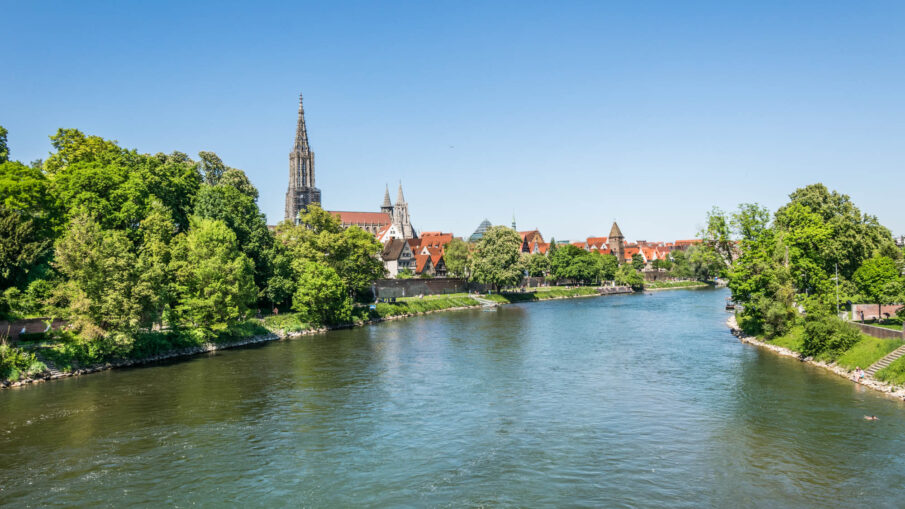
The tallest Church in the world – Ulm
October 25, 2022 Ana Travel
Ulm Cathedral (Ulmer Münster) is the Gothic church with the tallest tower in the world (before the completion of the Sagrada Familia in Barcelona, Spain) and the fourth tallest structure built before the 20th century, with a tower height of 161.5 meters.

The main tower of the church has 768 steps, they reach up to 143 m high, from where you can see the panorama of the city. On clear days, the panorama of the Swiss and Bavarian Alps can be seen from the church tower.

The interior of the cathedral can be visited without charging a fee, and to climb the tower you have to pay €3/person.
Ulm is located on the left bank of the Danube, in the state of Baden Württemberg. The city initially developed as a medieval fair due to its location on the Danube. Today, the fact that the old town is so close to the river adds to the charm of the place. You can take a ferry ride on the Danube from where you can admire the tourist sights closer to the shore.
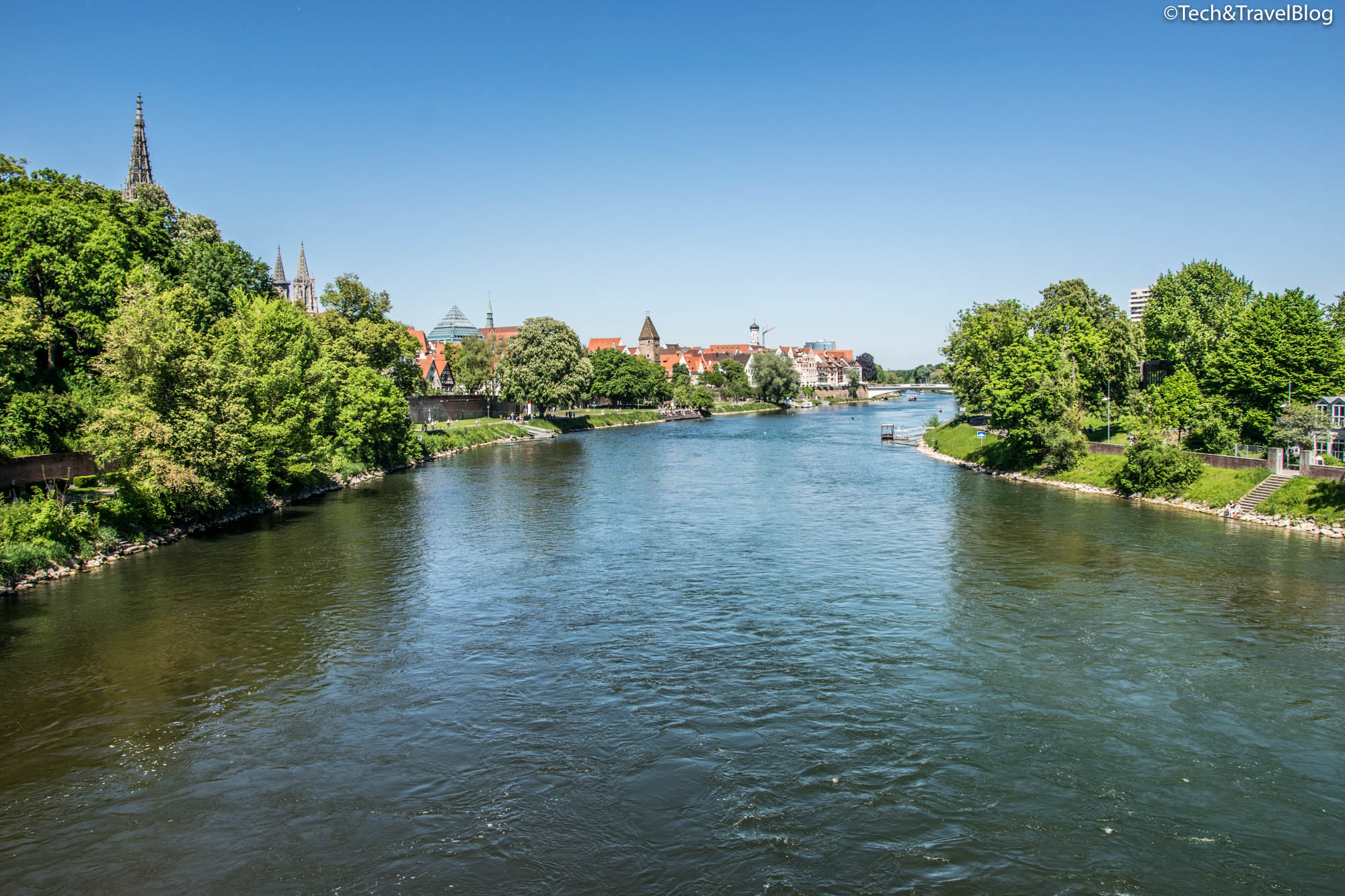
If you don’t come by car, you don’t have to worry about spending money on public transport, because the city center is small enough to be covered on foot.

Besides the fact that the city houses the church with the highest tower, Ulm is also known because the great physicist Albert Einstein was born here.
Einstein‘s home was destroyed in an Allied raid and never rebuilt. The Einstein Denkmal (Einstein Monument), built in 1979, marks its place opposite the central station.
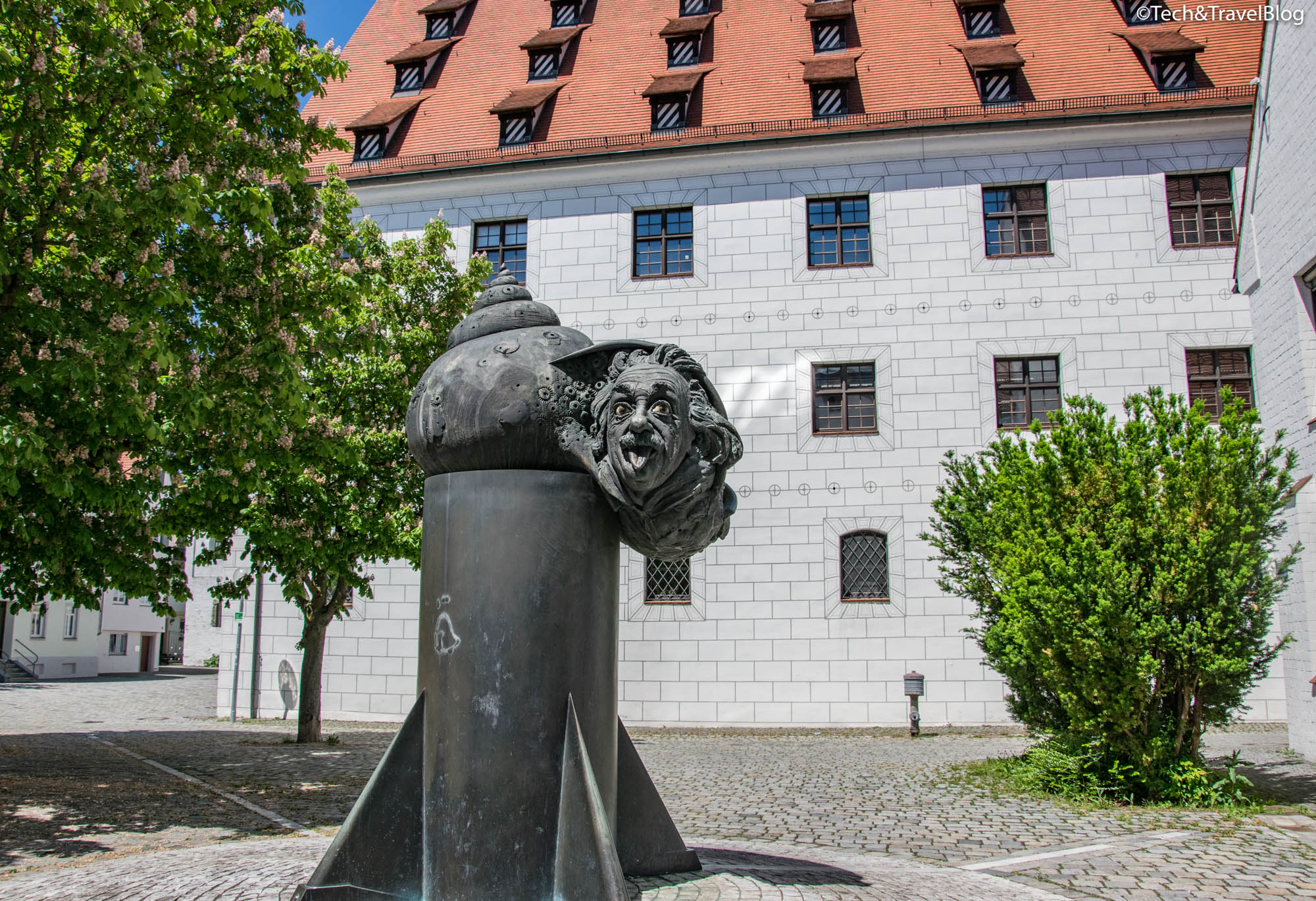
Another lens reminiscent of the famous Albert Einstein is the Einstein Brunnen (Einstein Fountain) created in 1984 by the sculptor Jürgen Goertz. The bronze sculpture consists of three elements: the missile bar – represents technology, the conquest of the universe and the nuclear threat; a large snail shell representing nature, wisdom and skepticism towards the mastery of human technology, and from this shell emerges the head of the scientist Albert Einstein.
The central square (Marktplatz) is lined with medieval houses with stepped gables.

From the central square you can easily reach the Fishermen’s Quarter (Fischerviertel) on the Blau river – an affluent of the Danube where you can walk along the narrow cobbled alleys and admire the small houses specific to Germany, some of which have been transformed into restaurants, souvenir shops or hotels.
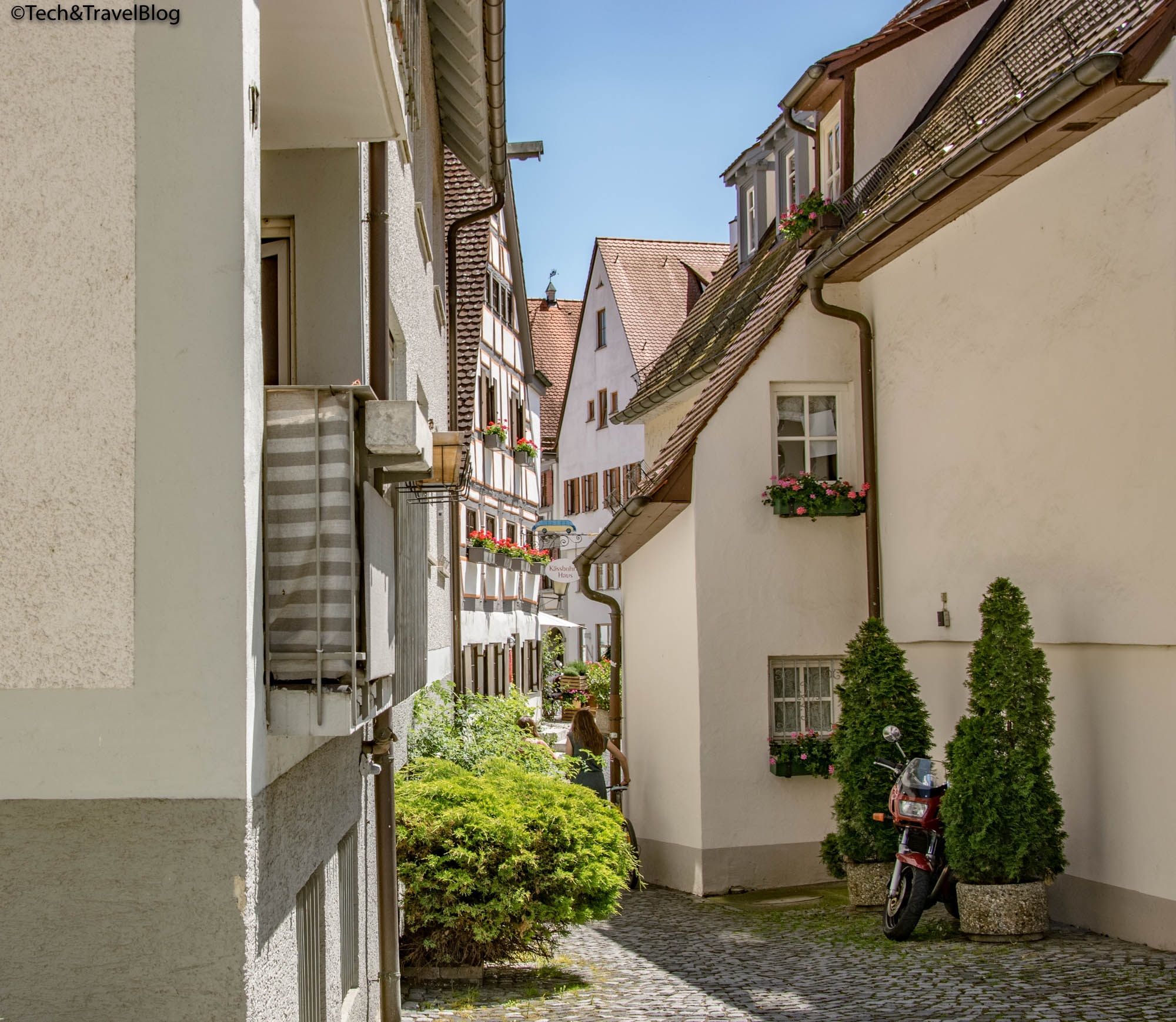
In the Fisherman‘s Quarter is also the Schiefes Haus Ulm – a house leaning over the river supported by its old beams, built in the 14th century and used today as a hotel.

To the south of the Cathedral is the beautiful Town Hall (Rathaus) built in the Gothic style, with frescoes dating back to 1540. Visitors are often surprised to learn that the intricate designs and decorations were largely restored after the devastation of World War II Worldwide.
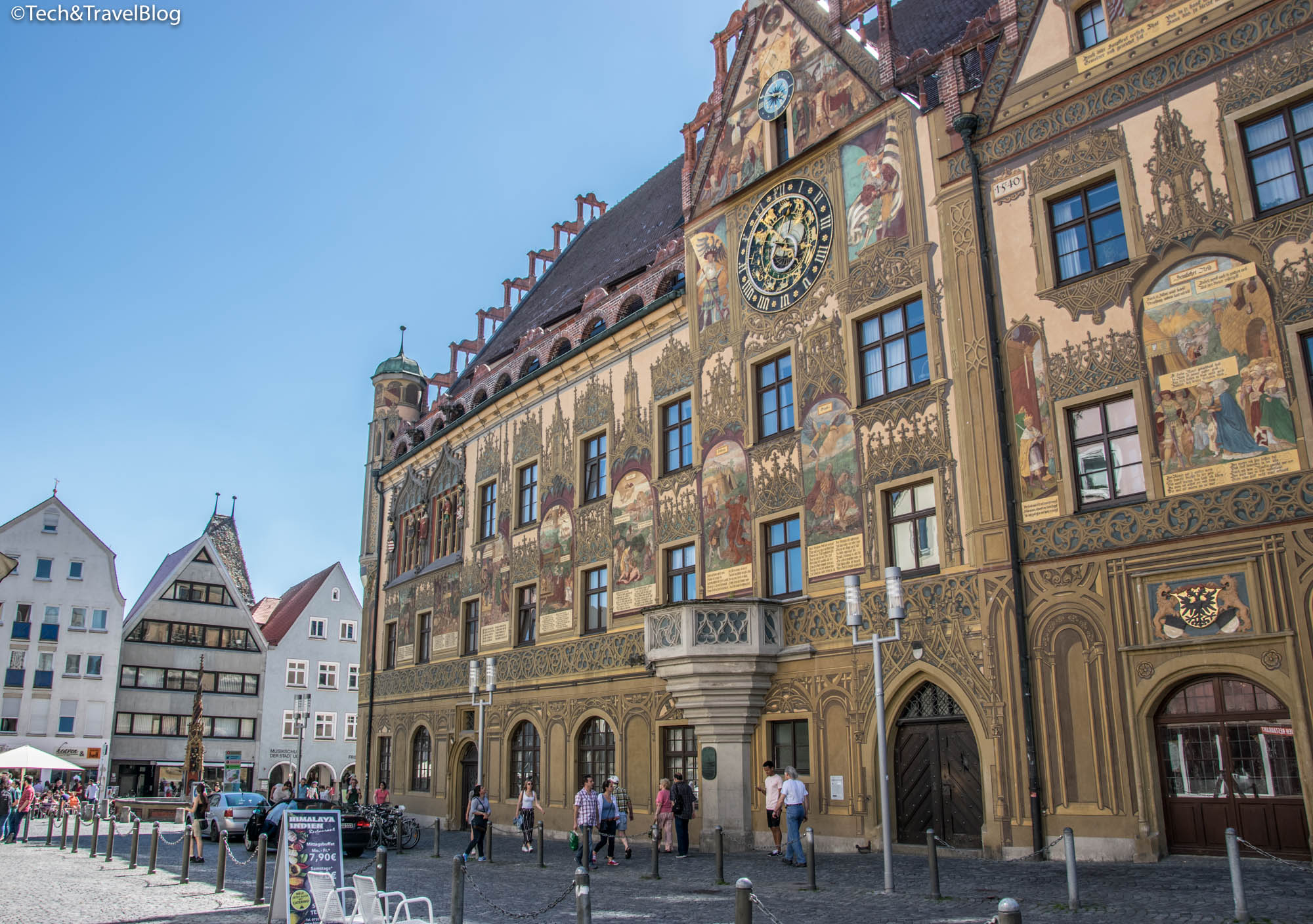
Originally built in the mid-14th century, it first served as a store before being transformed into an administrative institution. Other attractions of the building include a replica of the 16th-century astronomical clock and the beautiful fountain called Fischkasten (Fish Tank) built in 1482.
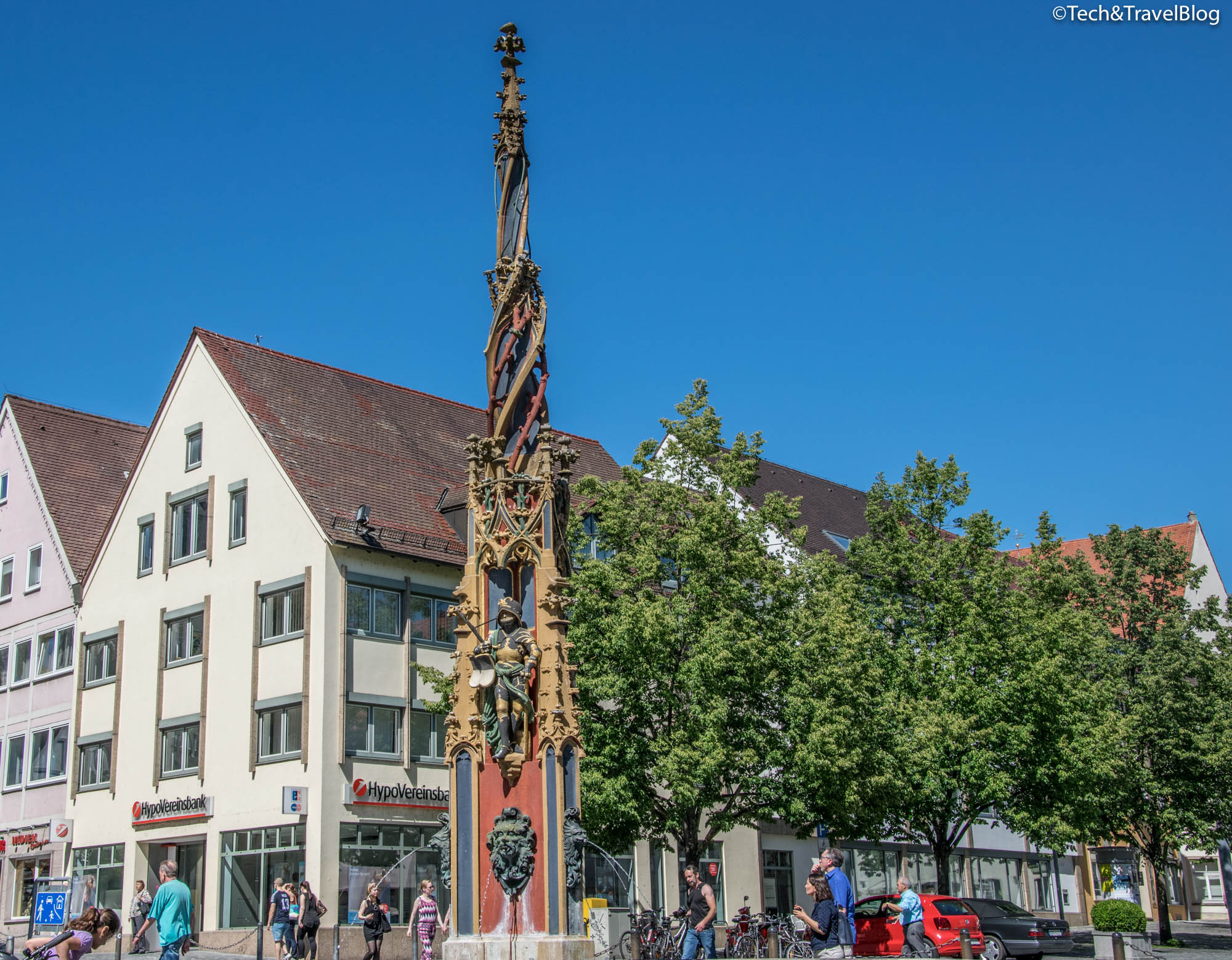
Most of the Ulm‘s 15th-century city walls have been well preserved and today provide an excellent means of exploring the old city. Built in 1482 along the banks of the Danube, the walls – originally designed as a deterrent against invaders – today surround the city and offer tourists a way to admire the view and sights that the city of Ulm has to offer. Along the way, you can find numerous cafes and restaurants, as well as peaceful riverside scenery, ideal for picnics.
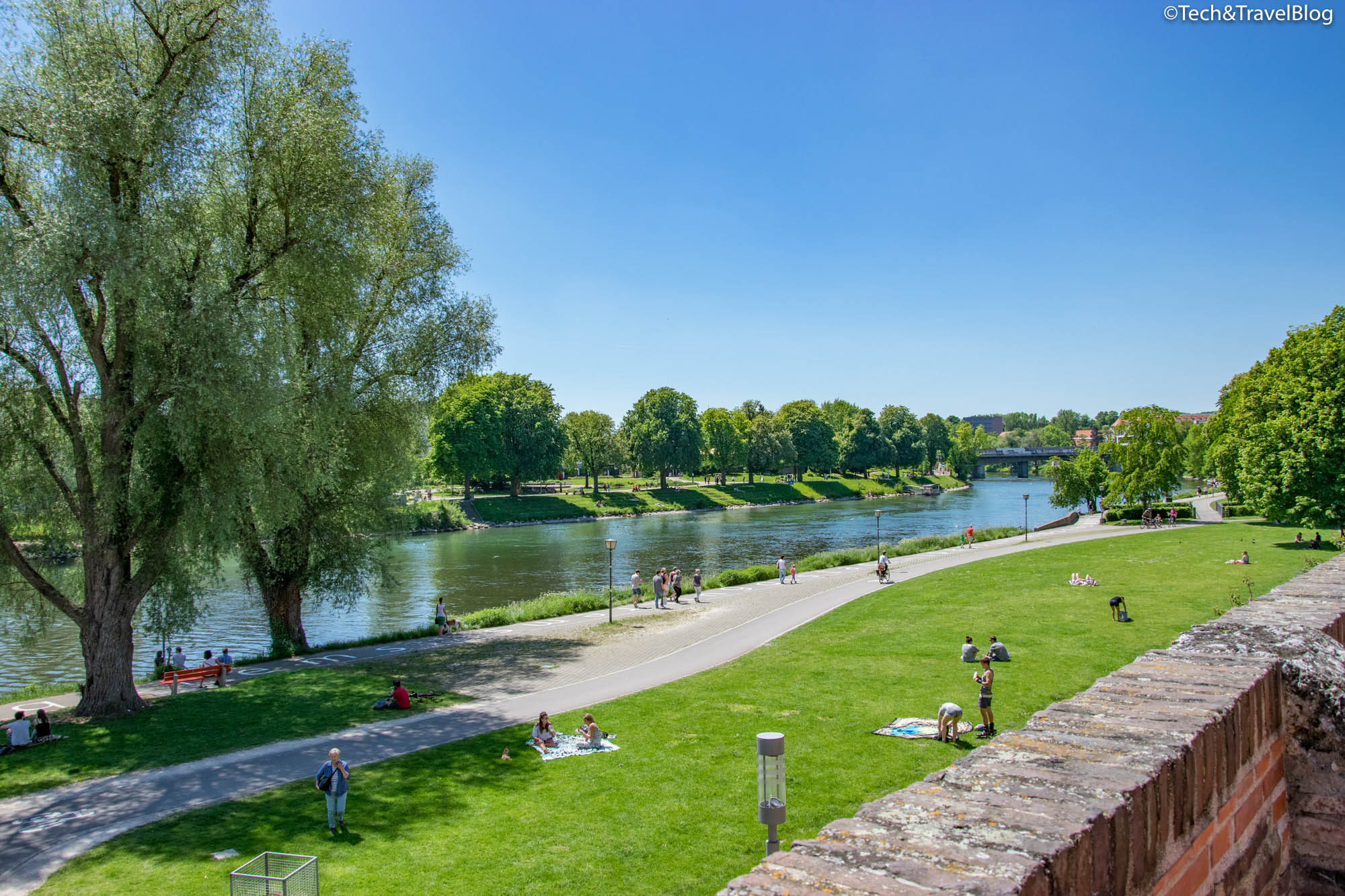
Another tourist attraction is the German Bread Museum (Deutsches Brotmuseum), which offers a fascinating insight into the history of bread and its baking, from ancient times to modern times. Exhibits cover the entire process, from growing grains and harvesting crops to the social implications of bread (or lack thereof) on the population. The museum also houses an impressive art collection based on these themes, including paintings by well-known artists such as Rembrandt, Dalí or Picasso.
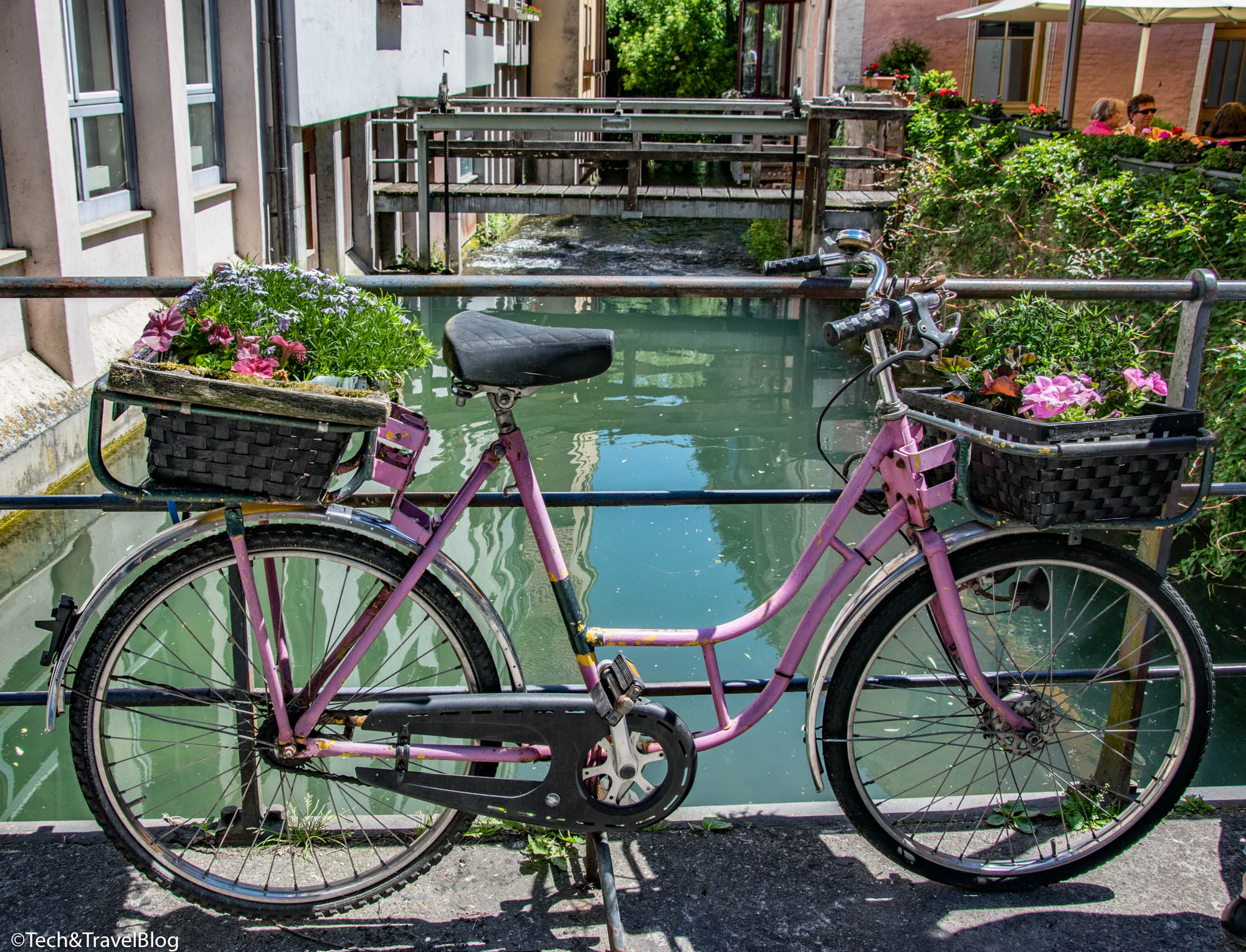
Tourists who have more time to visit the city can choose the UlmCard which includes free transport on any public transport, free entrance to museums or free guided tours. The 24-hour card costs €12/person and the 48-hour card costs €18/person. You can find more details by clicking here.
If you liked our article about Ulm, read our one on Mannheim as well.
https://www.passports.top/en/ulm/ |
|
|
 Primer
Primer
 Anterior
2 a 9 de 9
Siguiente
Anterior
2 a 9 de 9
Siguiente
 Último
Último

|
|
|
ULM, GERMANY, IS PEPPERED WITH monuments to its most famous son, Albert Einstein, who was born in the city in 1879. But none are as bizarre as this unusual fountain. A rocket shoots water from its bottom, forming the base of the fountain. It’s crowned by a large snail shell covered in what looks like a cosmic and terrestrial map. Einstein’s head pokes out of the shell, wide-eyed and sticking its tongue out.
The odd stack of items is more than a silly mishmash of random objects. It’s meant to be a bit of satire, a small piece of social commentary on humanity’s quest to manipulate and control the natural world. The rocket represents technology, particularly the scientist’s legacies involving spacetime and atomic theory. The snail shell symbolizes nature and wisdom. Einstein’s silly expression and weirdly life-like brown eyes show a side of the famous scientist all people, young and old, can relate to.
Artist Jürgen Goertz erected the fountain in 1984. Perhaps what’s most strange about his memorial to the pacifist Einstein is that it’s located next to the old arsenal.
https://www.atlasobscura.com/places/einstein-fountain |
|
|
|
|

Jordan River (Utah)
From Wikipedia, the free encyclopedia
The Jordan River, in the state of Utah, United States, is a river about 51 miles (82 km) long. Regulated by pumps at its headwaters at Utah Lake, it flows northward through the Salt Lake Valley and empties into the Great Salt Lake. Four of Utah's six largest cities border the river: Salt Lake City, West Valley City, West Jordan, and Sandy. More than a million people live in the Jordan Subbasin, part of the Jordan River watershed that lies within Salt Lake and Utah counties. During the Pleistocene, the area was part of Lake Bonneville.
Members of the Desert Archaic Culture were the earliest known inhabitants of the region; an archaeological site found along the river dates back 3,000 years. Mormon pioneers led by Brigham Young were the first European American settlers, arriving in July 1847 and establishing farms and settlements along the river and its tributaries. The growing population, needing water for drinking, irrigation, and industrial use in an arid climate, dug ditches and canals, built dams, and installed pumps to create a highly regulated river.
Although the Jordan was originally a cold-water fishery with 13 native species, including Bonneville cutthroat trout, it has become a warm-water fishery where the common carp is most abundant. It was heavily polluted for many years by raw sewage, agricultural runoff, and mining wastes. In the 1960s, sewage treatment removed many pollutants. In the 21st century, pollution is further limited by the Clean Water Act, and, in some cases, the Superfund program. Once the home of bighorn sheep and beaver, the contemporary river is frequented by raccoons, red foxes, and domestic pets. It is an important avian resource, as are the Great Salt Lake and Utah Lake, visited by more than 200 bird species.
Big Cottonwood, Little Cottonwood, Red Butte, Mill, Parley's, and City creeks, as well as smaller streams like Willow Creek at Draper, Utah, flow through the sub-basin. The Jordan River Parkway along the river includes natural areas, botanical gardens, golf courses, and a 40-mile (64 km) bicycle and pedestrian trail, completed in 2017.[6]
The Jordan River is Utah Lake's only outflow. It originates at the northern end of the lake between the cities of Lehi and Saratoga Springs. It then meanders north through the north end of Utah Valley for approximately 8 miles (13 km) until it passes through a gorge in the Traverse Mountains, known as the Jordan Narrows. The Utah National Guard base at Camp Williams lies on the western side of the river through much of the Jordan Narrows.[7][8] The Turner Dam, located 41.8 miles (67.3 km) from the river's mouth (or at river mile 41.8) and within the boundaries of the Jordan Narrows, is the first of two dams of the Jordan River. Turner Dam diverts the water to the right or easterly into the East Jordan Canal and to the left or westerly toward the Utah and Salt Lake Canal. Two pumping stations situated next to Turner Dam divert water to the west into the Provo Reservoir Canal, Utah Lake Distribution Canal, and Jacob-Welby Canal. The Provo Reservoir Canal runs north through Salt Lake County, Jacob-Welby runs south through Utah County. The Utah Lake Distribution Canal runs both north and south, eventually leading back into Utah Lake.[9] Outside the narrows, the river reaches the second dam, known as Joint Dam, which is 39.9 miles (64.2 km) from the river's mouth. Joint Dam diverts water to the east for the Jordan and Salt Lake City Canal and to the west for the South Jordan Canal.[10][11][12]
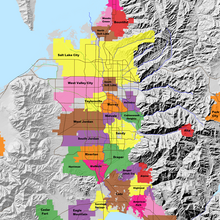
Map of the Salt Lake Valley
The river then flows through the middle of the Salt Lake Valley, initially moving through the city of Bluffdale and then forming the border between the cities of Riverton and Draper.[7] The river then enters the city of South Jordan where it merges with Midas Creek from the west. Upon leaving South Jordan, the river forms the border between the cities of West Jordan on the west and Sandy and Midvale on the east. From the west, Bingham Creek enters West Jordan. Dry Creek, an eastern tributary, combines with the main river in Sandy. The river then forms the border between the cities of Taylorsville and West Valley City on the west and Murray and South Salt Lake on the east. The river flows underneath Interstate 215 in Murray. Little and Big Cottonwood Creeks enter from the east in Murray, 21.7 miles (34.9 km) and 20.6 miles (33.2 km) from the mouth respectively. Mill Creek enters on the east in South Salt Lake, 17.3 miles (27.8 km) from the mouth. The river runs through the middle of Salt Lake City, where the river travels underneath Interstate 80 a mile west of downtown Salt Lake City and again underneath Interstate 215 in the northern portion of Salt Lake City. Interstate 15 parallels the river's eastern flank throughout Salt Lake County. At 16 miles (26 km) from the mouth, the river enters the Surplus Canal channel. The Jordan River physically diverts from the Surplus Canal through four gates and heads north with the Surplus Canal heading northwest. Parley's, Emigration, and Red Butte Creeks converge from the east through an underground pipe, 14.2 miles (22.9 km) from the mouth.[7] City Creek also enters via an underground pipe, 11.5 miles (18.5 km) from the river's mouth. The length of the river and the elevation of its mouth varies year to year depending on the fluctuations of the Great Salt Lake caused by weather conditions. The lake has an average elevation of 4,200 feet (1,300 m) which can deviate by 10 feet (3.0 m).[3] The Jordan River then continues for 9 to 12 miles (14 to 19 km) with Salt Lake County on the west and North Salt Lake and Davis County on the east until it empties into the Great Salt Lake.[7][8][11]
Discharge[edit]
The United States Geological Survey maintains a stream gauge in Salt Lake City that shows annual runoff from the period 1980–2003 is just over 150,000 acre-feet (190,000,000 m3) per year or 100 percent of the total 800,000 acre-feet (990,000,000 m3) of water entering the Jordan River from all sources. The Surplus Canal carries almost 60 percent of the water into the Great Salt Lake, with various irrigation canals responsible for the rest. The amount of water entering the Jordan River from Utah Lake is just over 400,000 acre-feet (490,000,000 m3) per year. Inflow from the 11 largest streams feeding the Jordan River, sewage treatment plants, and groundwater each account for approximately 15 percent of water entering the river.[13]
Watershed[edit]
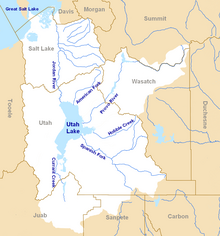
Map of the entire Jordan River Basin
|
|
|
 Primer
Primer
 Anterior
2 a 9 de 9
Siguiente
Anterior
2 a 9 de 9
Siguiente
 Último
Último

|
|
| |
|
|
©2024 - Gabitos - Todos los derechos reservados | |
|
|




















